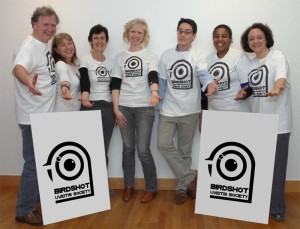Earlier this year, Birdshot Uveitis Society took part in the Sight Loss and Vision Priority Setting Partnership which uniquely captured the views of patients, relatives, carers and eye health professionals to identify what research into sight loss and eye conditions should be addressing. It is rare that those with direct experience of conditions are able to influence the research agenda and we at BUS were delighted to participate.
Taking part in something like this is so important in helping to get a rare condition like Birdshot Uveitis better recognised. It has really helped to get us on the map in terms of getting research done. It is easy to forget that until very recently Birdshot Uveitis was considered incredibly rare affecting very few people. By raising the profile and forming a network we are getting a better idea of the true picture.
If anyone wants a hard copy of the report sent to them they can get in touch with us or Fight for Sight to get their own copy.
The section you will probably want to look at is the ocular Inflammatory eye disease section( Page 31). Many Thanks to our members who helped participate in this process.
